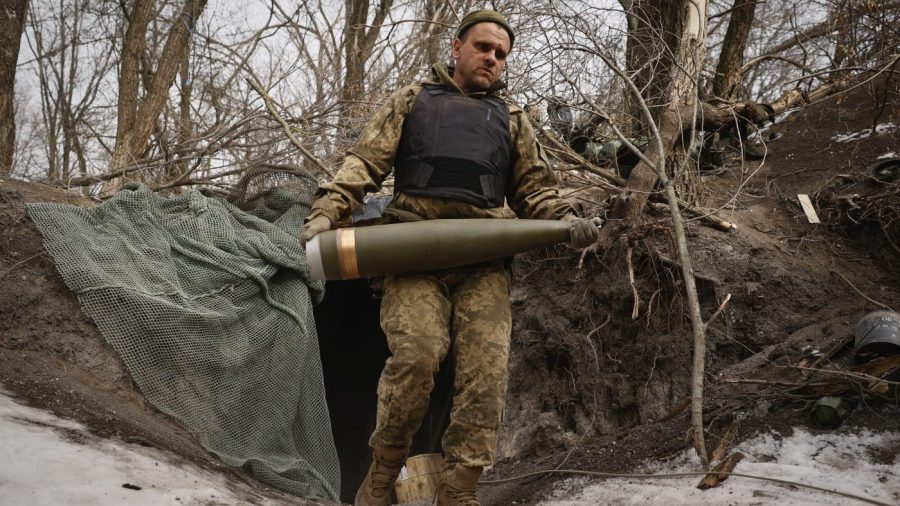Trump Freezes Aid to Ukraine: Implications for the Ongoing War
President Trump has directed his administration to pause all military aid to Ukraine, sending shockwaves through international political circles and raising concerns about the future of the ongoing conflict between Ukraine and Russia.
Key Points:
The White House announced a freeze on military aid to Ukraine following a contentious meeting between President Trump and Ukrainian President Volodymyr Zelenskyy.
This decision has significant implications for Ukraine’s war effort against Russian forces.
European allies are scrambling to fill the gap left by U.S. support.
The move is seen as an attempt to push Ukraine towards peace negotiations with Russia.
Impact on Ukraine’s Military Capabilities
The suspension of U.S. military aid poses severe challenges for Ukraine’s defense:
Ukraine relies heavily on U.S.-supplied equipment, including air defense systems, long-range missiles, and armored vehicles.
A Ukrainian intelligence official estimates that U.S.-supplied equipment inventory may run out within 2-3 months.
The pause affects not only hardware but also critical intelligence sharing and battlefield communications support.
European Response
European allies are now faced with the task of compensating for the loss of U.S. support:
The EU has provided around €53 billion in military hardware and related support since 2022.
Individual European countries have announced new aid packages to bolster Ukraine’s position.
However, coordinating efforts at a multilateral level has proven challenging, with recent EU proposals facing objections.
Political Implications
The aid freeze is viewed as a political move with far-reaching consequences:
It’s seen as an attempt by the Trump administration to pressure Ukraine into peace negotiations with Russia.
The decision has strained U.S.-Ukraine relations and raised concerns among NATO allies.
Russian officials have welcomed the move, with Kremlin spokesperson Dmitry Peskov suggesting it could contribute to peace.
Background and Context
This is not the first time U.S. aid to Ukraine has been disrupted:
In 2023, Republican lawmakers blocked a major aid package proposed by President Biden.
Ukraine managed to continue its defense efforts with increased European support.
The current freeze comes at a critical time when Ukraine is already stretched thin in its fight against Russian forces.
Why It’s Important
The U.S. aid freeze could have significant consequences for:
The balance of power in the ongoing conflict
Ukraine’s ability to defend its territory and sovereignty
The geopolitical landscape in Eastern Europe
NATO alliance cohesion and strategy
Looking Ahead
As the situation develops, key questions remain:
How long will the aid freeze last?
Can European allies effectively fill the gap left by U.S. support?
Will this move lead to renewed peace negotiations between Ukraine and Russia?
How will this decision impact U.S. foreign policy and relationships with allies in the long term?
While the full implications of this decision are yet to be seen, it’s clear that the aid freeze marks a significant shift in U.S. policy towards Ukraine and the ongoing conflict with Russia. As the situation unfolds, it will be crucial to monitor the responses from all parties involved and the potential ripple effects across the international stage.









